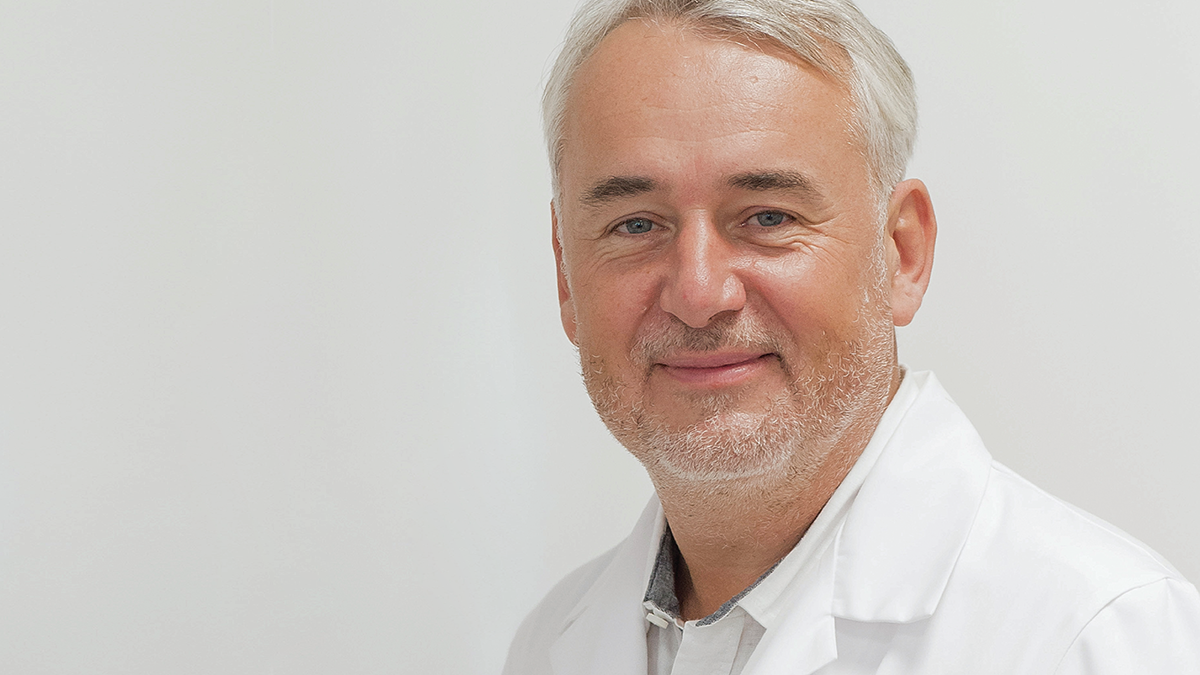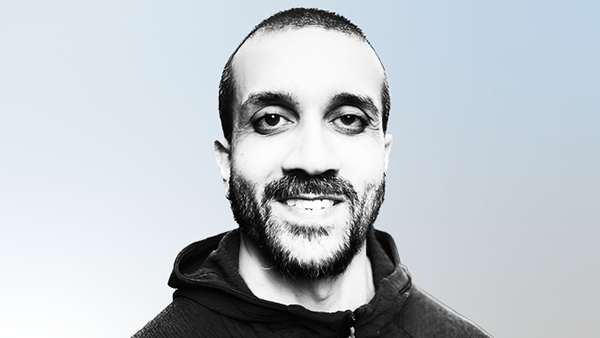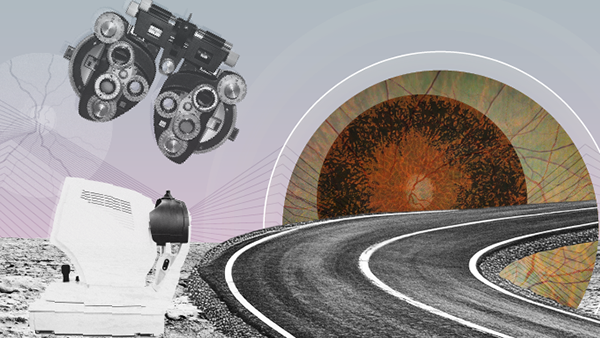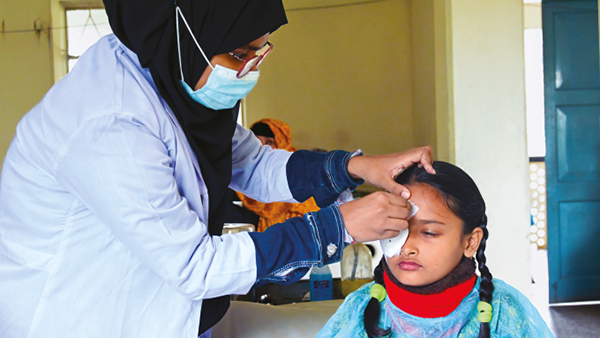You are viewing 1 of your 3 articles before login/registration is required
Myopia Control: A Dynamic Field
The constant influx of new studies gives eye care professionals a growing number of options to approach myopia control, but with a study “shelf-life” of around two years, it’s also more difficult to stay up to date.
Epidemiological studies show an increasing rate of myopia in European populations (1). Although genetic factors play a role in myopia pathogenesis, the recent increase in myopia prevalence worldwide has been attributed to environmental factors, including increasing intensity and duration of education, and global trends related to increased screen time for young children, especially from close distance, especially closer than 30 cm. Indeed, the main risk factors for myopia in children include more near work or near distance activities at a young age – as well as spending less time outdoors and having myopic parents. The major concern related to myopia is that up to 10 percent of children will develop high myopia, a serious risk factor for vision loss related with myopia, macular degeneration, and some serious eye disorders, including retinal detachment, glaucoma, and cataract.
An individual’s risk of developing myopic maculopathy, retinal detachment, posterior subcapsular cataract, and open-angle glaucoma all increase – by 58 percent, 30 percent, 21 percent and 20 percent respectively – with each additional diopter of myopia. Additionally, children with myopia are also at higher risk of developing depression compared with normally sighted children. Thus, increasing awareness of myopia prevention and controlling myopia progression strategies are becoming more important focuses in our routine ophthalmology practice across Europe. Fortunately, with increasing knowledge about myopia pathophysiology and risk factors, we have more approaches available to control myopia progression. In fact, every year studies presenting new approaches on myopia control are published, giving us an increasing number of options. On the other hand, because of this “dynamic situation,” the majority of review articles on this topic published over two years ago are outdated, so staying up to date is becoming more and more difficult.
To that end, we decided to conduct a few analyses, which were recently published (2, 3, 4). The evidence from recent randomized control trials (RCTs) led us to some interesting findings:
- Highly aspheric lenslets (HAL), MiSight contact lenses, low dose atropine 0.05 percent, Biofinity +2.50 D lenses, Defocus Incorporated Multiple Segments (DIMS) eye-glasses, and orthokeratology lenses were all effective in the control of myopia progression.
- Low dose atropine 0.025 percent and extended depth of focus contact lenses have also been found to be effective, but with lower effect sizes.
- Low-dose atropine 0.01 percent was not as effective in reducing axial length progression, according to some studies conducted in Asia.
The recent data on new eye-glasses, including DIMS and HAL, are cause for optimism given their considerable efficacy (5). However, these results need to be confirmed; current knowledge is limited in the length of study periods and number of populations studied. We also analyzed the efficacy and side effects of 0.01 and 0.5 percent atropine eye drops based on the studies conducted in non-Asian countries; we found that 0.01 percent atropine eye drops are effective in non-Asian children, achieving less side effects compared with 0.5 percent atropine eye drops.
Interestingly, the Cochrane systematic review and network meta-analysis was just published (5). The authors highlighted that the effects at one year provided evidence that interventions may slow refractive change and reduce axial elongation, although results were often heterogeneous. Moreover, they noted that much less is known about the effects at two or three years, and it is uncertain if effects are sustained.
This discussion was prepared in collaboration with The European Network for Myopia Prevention and Control, which was founded to share the knowledge and experiences in this field, but also to collaborate in organizing conferences, education, and trans-European scientific projects. Contact Andrzej Grzybowski or register at miopia.pl.
The group co-organizes a free global online meeting – Myopia 2023 (June 9), which will present practical myopia control in different parts of the world. Speakers include Andrzej Grzybowski (Poland), Mingguang He (Australia), Calvin C. P. Pang (Hong Kong), Dominique Bremond-Gignac (France), Yair Morad (Israel), Wolf Lagreze (Germany), Rafael Iribarren (Argentina), and Michael Xavier Repka (USA).
References
- A. Grzybowski et al., “A review on the epidemiology of myopia in school children worldwide,” BMC Ophthalmol, 20, 27, (2020). PMID: 31937276.
- C. Lanca et al., “Topical Review: Studies on Management of Myopia Progression from 2019 to 2021,” Optom Vis Sci, 100, 23 (2023). PMID: 36705712.
- C. Lanca et al., “Effectiveness of myopia control interventions: A systematic review of 12 randomized control trials published between 2019 and 2021,” Frontiers in Public Health, 11 (2023). PMID: 37033047.
- D. Simonaviciute D et al., “The Effectiveness and Tolerability of Atropine Eye Drops for Myopia Control in Non- Asian Regions,” J Clin Med, 12, 2314, (2023). PMID: 36983313.
- JG Lawrenson et al., “Interventions for myopia control in children: a living systematic review and network meta-analysis,” Cochrane Database Syst Rev. 16, 2, (2023). PMID: 36809645.
The New Optometrist Newsletter
Permission Statement
By opting-in, you agree to receive email communications from The New Optometrist. You will stay up-to-date with optometry content, news, events and sponsors information.
You can view our privacy policy here
Most Popular
Sign up to The New Optometrist Updates
Permission Statement
By opting-in, you agree to receive email communications from The New Optometrist. You will stay up-to-date with optometry content, news, events and sponsors information.
You can view our privacy policy here
Sign up to The New Optometrist Updates
Permission Statement
By opting-in, you agree to receive email communications from The New Optometrist. You will stay up-to-date with optometry content, news, events and sponsors information.
You can view our privacy policy here







